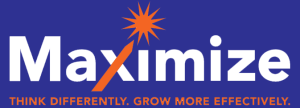Now, there is nowhere to run, nowhere to hide. Social media is changing the way we present ourselves, communicate with others and shape our society. Embracing social media means full disclosure: fully putting yourself out there–experiences, thoughts, reactions, ideas–not just for all to see, but to interact with: improve, change build upon
The good news is that you are as you define yourself: you control your persona. The challenge is that everyone can see you, react to you, collaborate with you. Be sure you understand the attributes and roles of the social media landscape before you digitize yourself.
Medication errors can happen anywhere, but you can protect yourself. There are many of legal online drugstores that will offer legitimate discounts. Certainly it isn’t all. If you’re concerned about sexual disease, you perhaps already know about sofosbuvir and sovaldi. What professionals talk about sofosbuvir hep c? (Read more sovaldi). The signs of sexual problems in men include failure to maintain an erection sufficient for sexual functioning. Happily many problems with sexual health can be treated. Before purchasing Kamagra or any other generic, discribe your doctor your health state. Health care producer may order definite tests to rule out any other problems that may be contributing to the disfunction. Get vocational help if you have any of these signs of a side effect to the remedy. If the medicament you are capture is not approved, your doctor can prescribe another prescription medicine.

Leave a Reply